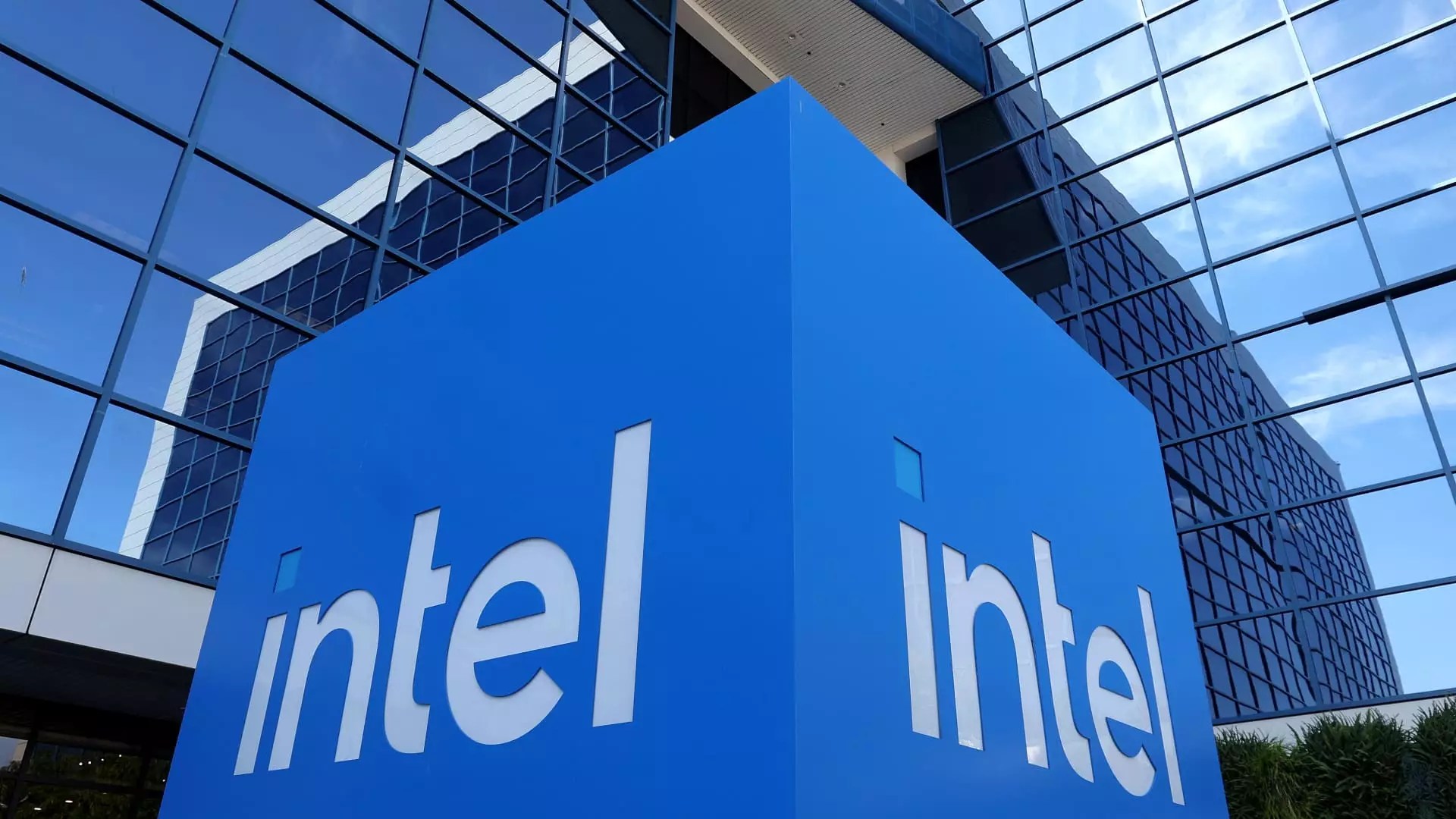In recent weeks, the relentless ascent of major U.S. stock indices, reaching historic highs, has been heralded as a sign of economic resilience. Yet beneath this veneer of optimism lies a dangerous overconfidence rooted in technical metrics and speculative fervor. Among the most troubling signals is the surge of stocks like Intel and eBay into overbought territory—an indication that the market may be riding a bubble driven more by panic and hope than by sustainable fundamentals. The prevalent narrative suggests that these Companies are thriving, but in truth, their climb reflects a fragility that could quickly unravel when investor sentiment shifts. Overbought conditions—marked by RSI levels above 70—often become a prelude to sharp corrections, serving as a siren call for cautious yet often ignored risk management.
Distorted Confidence: The Overextension of Growth Stocks
Take Intel, for example: a giant whose recent 23% weekly gain marks its most vigorous rally in a quarter-century. Its previous struggles—losing 60% of its value last year—have yet to be fully digested by the market. The sudden optimism appears to be fueled by external whispers of government intervention, with reports suggesting the Trump administration might consider a stake in the company to bolster U.S. manufacturing. While national security concerns are valid, this kind of interventionist hope risks distorting the true valuation of Intel’s business prospects. Heavy government involvement can temporarily prop up stocks, but it often masks underlying vulnerabilities and delays necessary structural reforms.
Similarly, eBay, soaring by over 62% year-to-date, exemplifies the disconnect between hype and fundamentals. Despite solid second-quarter earnings and an optimistic outlook, the core value proposition remains unchanged: a platform balancing on the edge of commodification, with growth driven largely by expansion rather than innovation. The rapid ascent on the back of positive earnings reports can easily lead to a correction as the market recalibrates expectations. Overbought conditions here serve as a warning that investors might be grossly underestimating the risk of a synchronicity of disappointments ahead.
The Risks of Technical Overreach in a Fragile Market
This brings us to the more systemic issue: a market where technical metrics like the Relative Strength Index (RSI) have become the primary compass for traders and investors. While useful, these indicators are inherently backward-looking and can lull investors into a false sense of security when valuations are inflated. When stocks like Incyte and eBay are trading at RSI values around 80 and 77, respectively, and have already surged more than 5% in a week, it suggests a classic overbought scenario that rarely ends well. The risk associated with riding these momentum waves is amplified by the psychological tendency to cling to recent gains, ignoring the underlying vulnerabilities.
Furthermore, the broader macroeconomic environment remains shaky. The Federal Reserve’s potential interest rate cut, while welcomed by the markets, remains uncertain and could alter the economic landscape abruptly. The recent gains have largely been driven by speculative fervor rather than genuine economic signs. Investors who chase overbought stocks with the hope of quick profits are setting themselves up for significant losses when the inevitable correction occurs. The trick is recognizing that a market all-time high is seldom the time for unbridled optimism, especially when technical and fundamental indicators are flashing warning signs simultaneously.
The Myth of Permanent Growth and the Hope for Intervention
Central to this overconfidence is the dangerous belief in the permanence of growth—particularly in sectors vulnerable to external shocks and policy shifts. The news about potential government intervention in Intel, for example, exemplifies how political considerations are now becoming intertwined with stock valuations. Such an environment fosters a false narrative: that market gains are guaranteed if the government steps in or if certain sectors receive special treatment. This is a precarious mindset, as it distracts from the core risks—technological disruption, geopolitical tension, and macroeconomic shifts—that can sharply reverse gains with little warning.
While policies and interventions can temporarily stabilize or uplift companies, they are no substitute for sound business fundamentals. Relying on political vicissitudes and technical overshooting to justify lofty valuations is an inherently risky gamble. It underpins a broader misconception: that markets can defy gravity indefinitely. Those with a pragmatic, center-right approach understand that responsible investing involves caution, recognizing when the exuberance has gone too far and the risks are no longer aligned with the reward.
In a market dominated by overbought stocks and technical indicators reaching extreme levels, the prudent investor must resist the siren call of greed. The current rally, however impressive, has all the hallmarks of a momentum-driven overreach that could soon threaten to burst, exposing those who chase after these overextended gains to significant downside risk. Ultimately, patience and discipline—rather than reckless chasing—are what will separate the wise investor from the foolhardy.


Leave a Reply